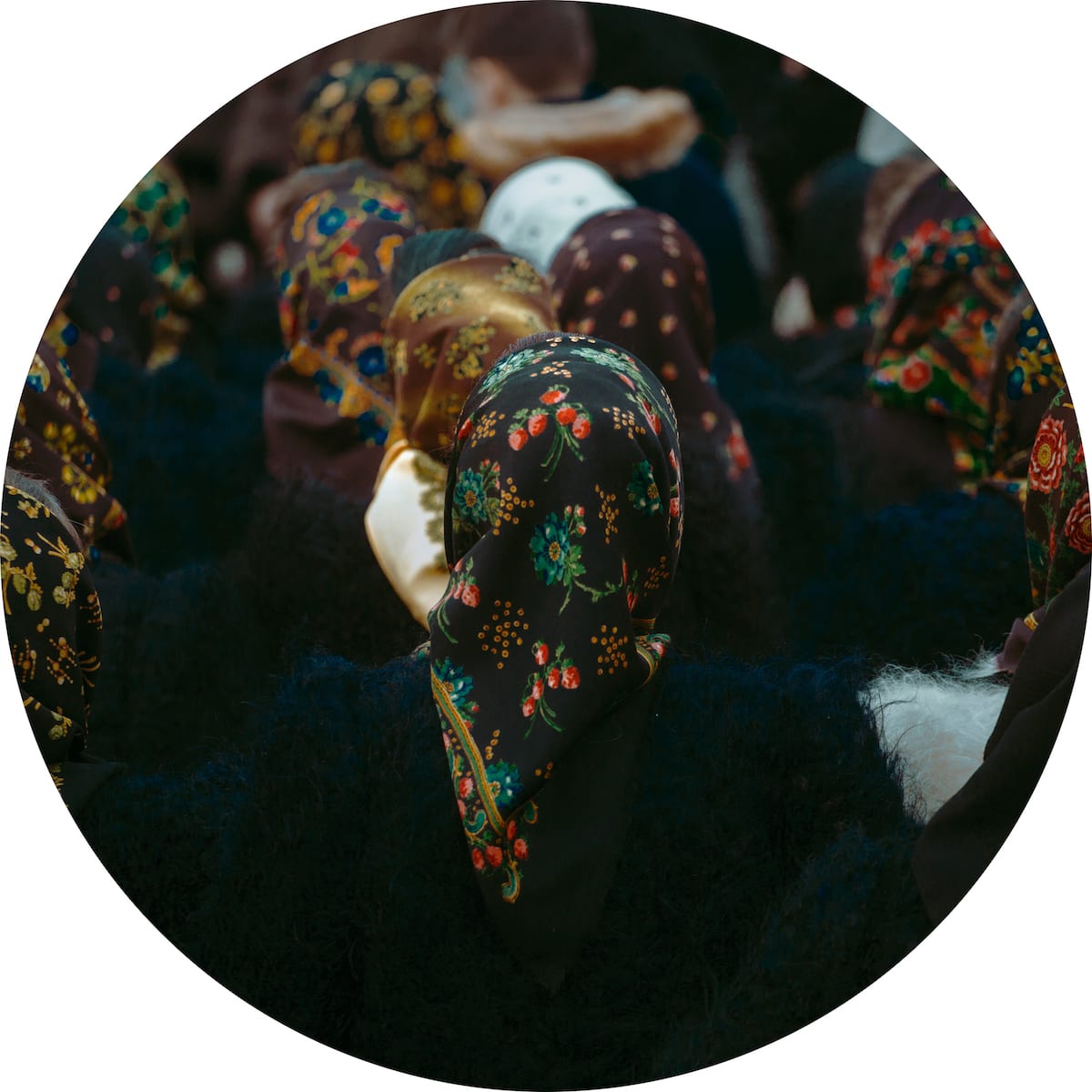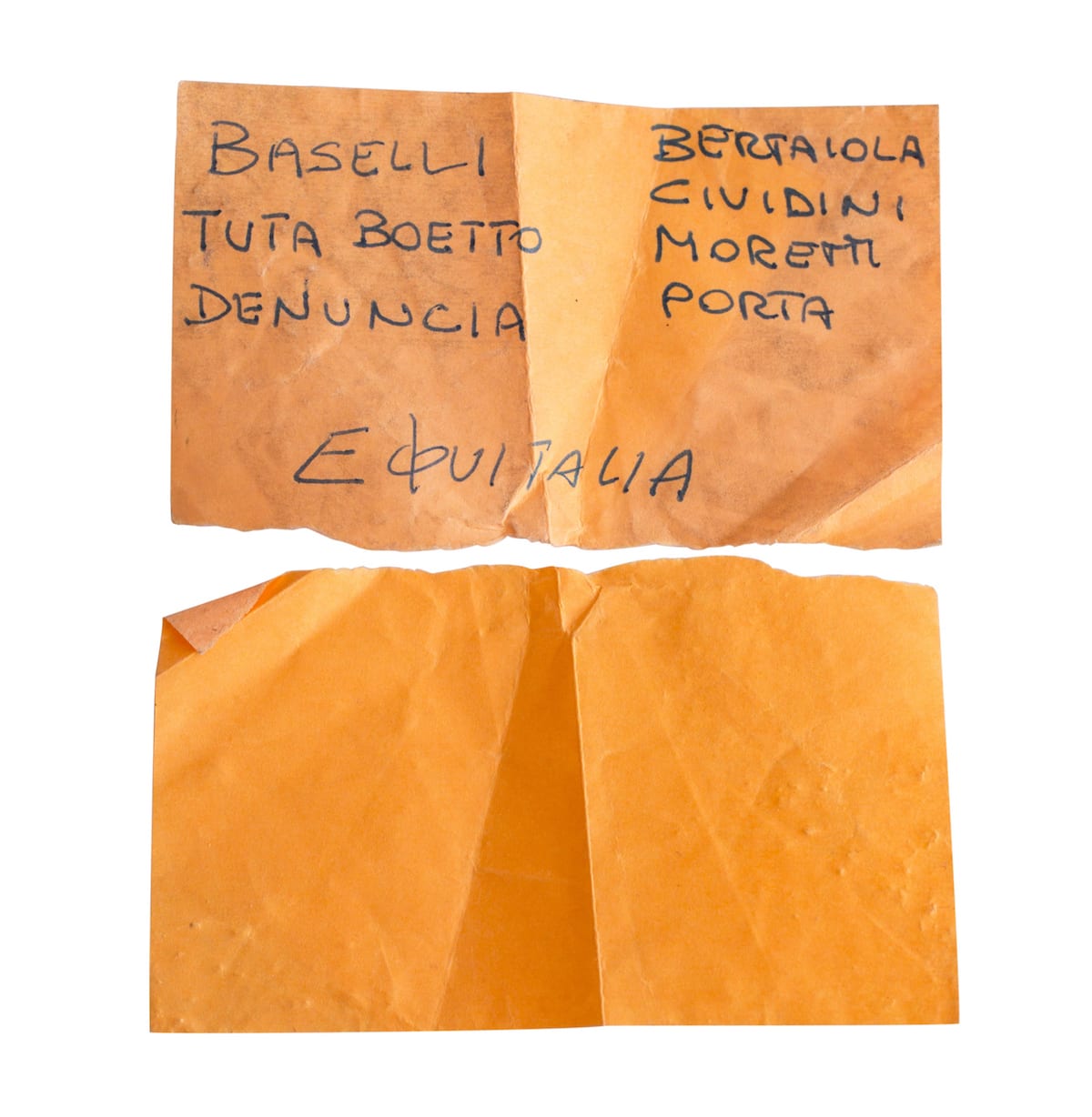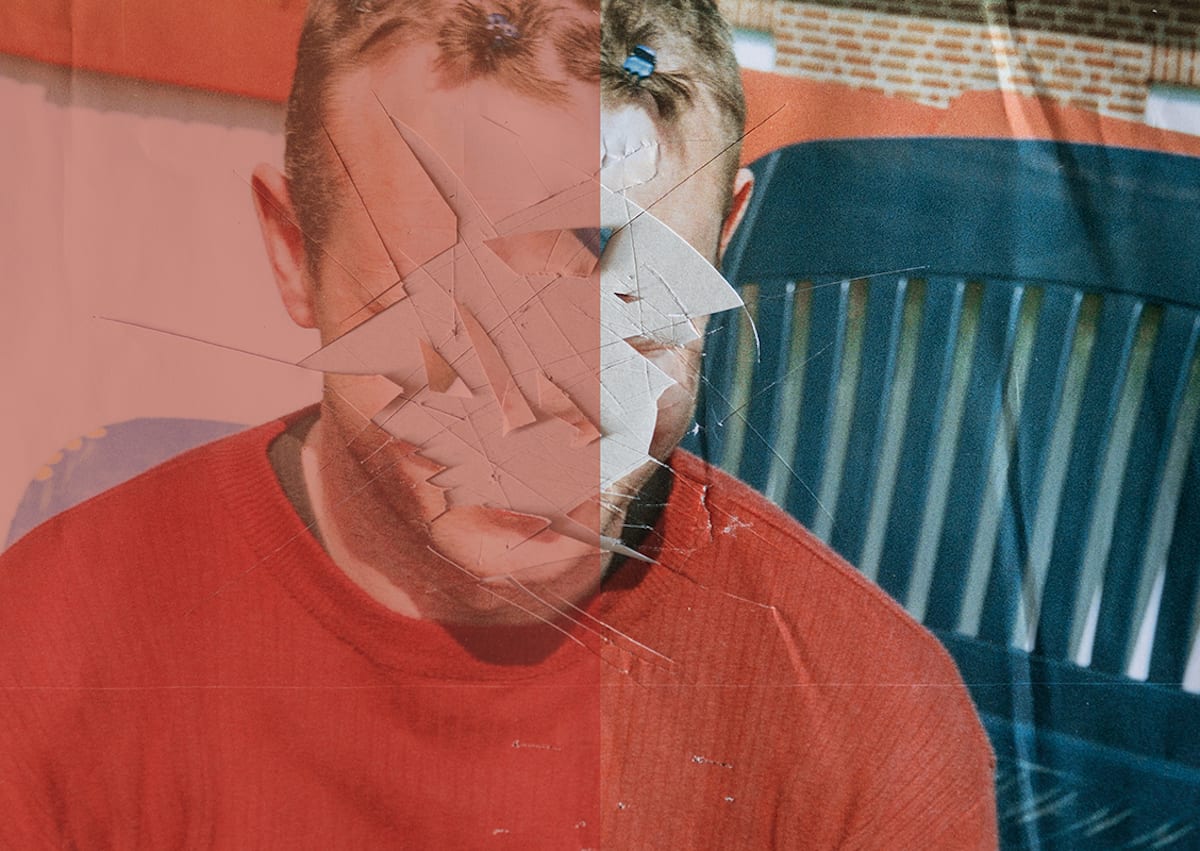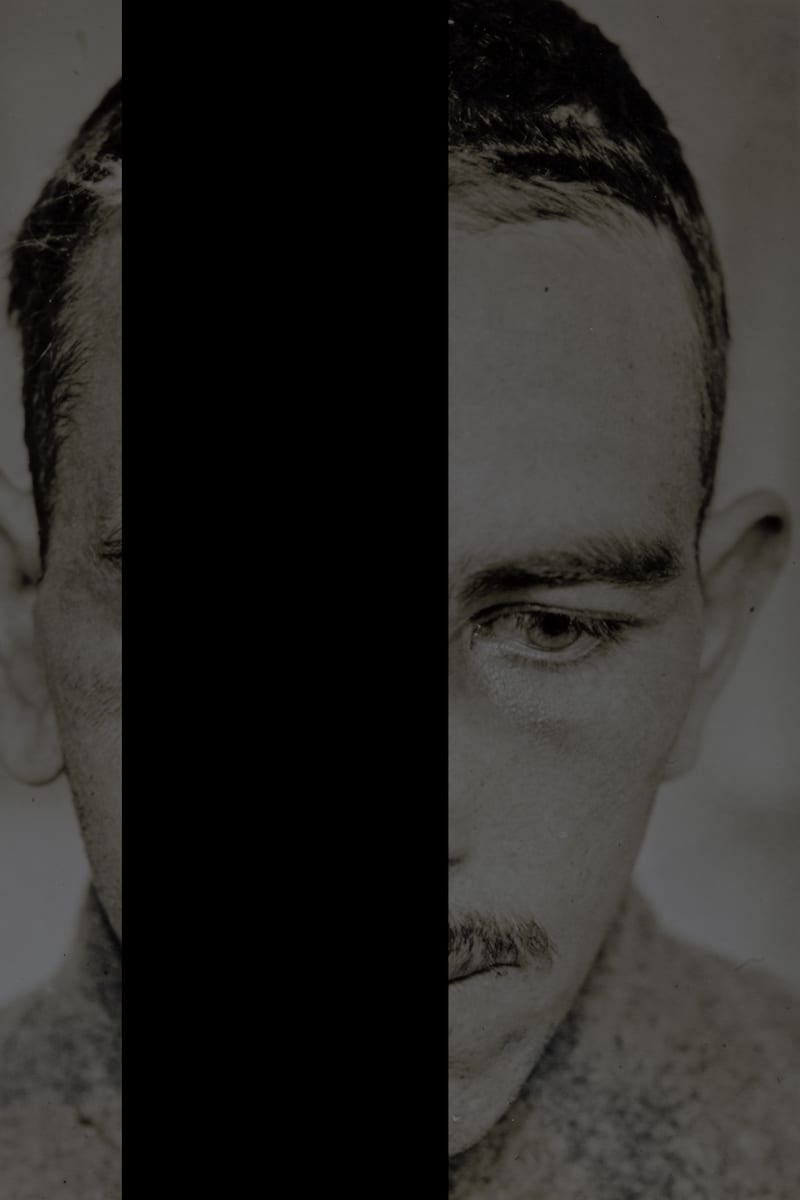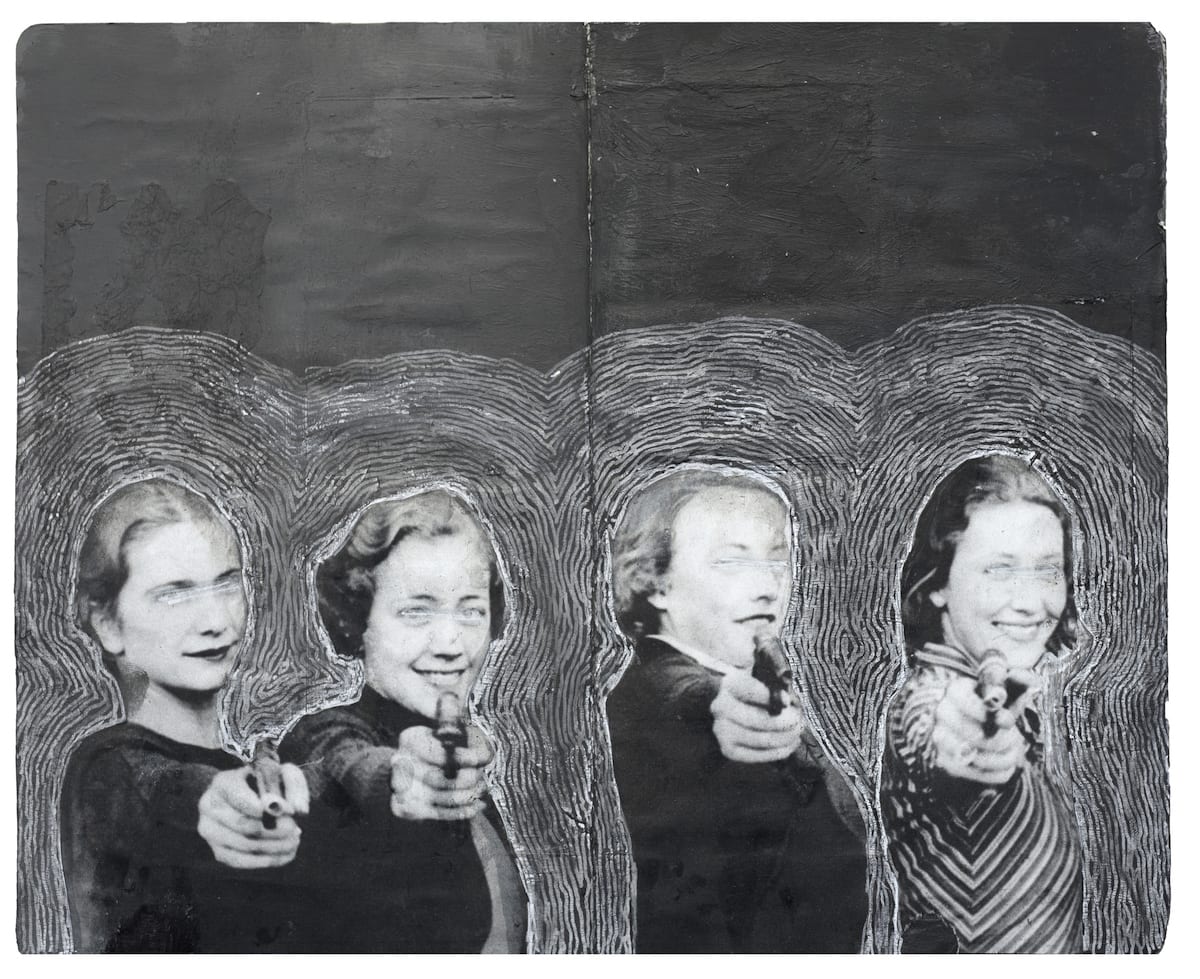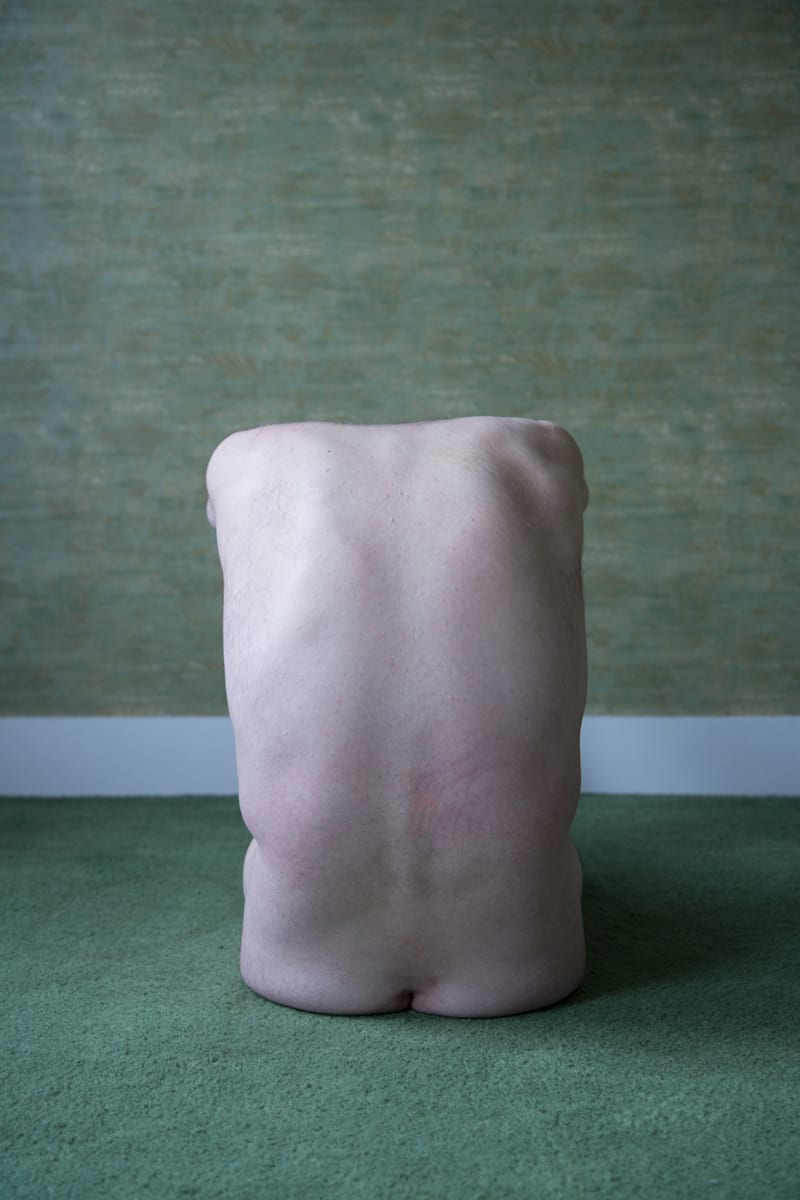“I do not know how the Romanian photography scene is thought of as a whole across Europe,” says Ioana Cirlig, a documentary photographer based in the Jiu Valley – a post-industrial region in southwestern Transylvania, Romania. “It is not huge but the scene is very creative and enthusiastic. Many independent projects are being developed, and things are growing and moving in the right direction.”
Cirlig is one of four Romanian artists exhibiting at the 2019 edition of Circulation(s): the Paris-based photography festival dedicated to platforming the work of emerging photographers who are originally from or currently based in Europe. “It is always inspiring to meet other artists working with the same medium, to share ideas and experiences,” she continues. The photographer will be showcasing work from her long-term series Post Industrial Stories, which examines the effects of deindustrialisation on Romania’s small mining towns. “It is important to think about the people that society leaves behind when it changes its course,” says Cirlig. “I am interested in how a community deals with loss, how it recovers, and how it is changed by this experience.”
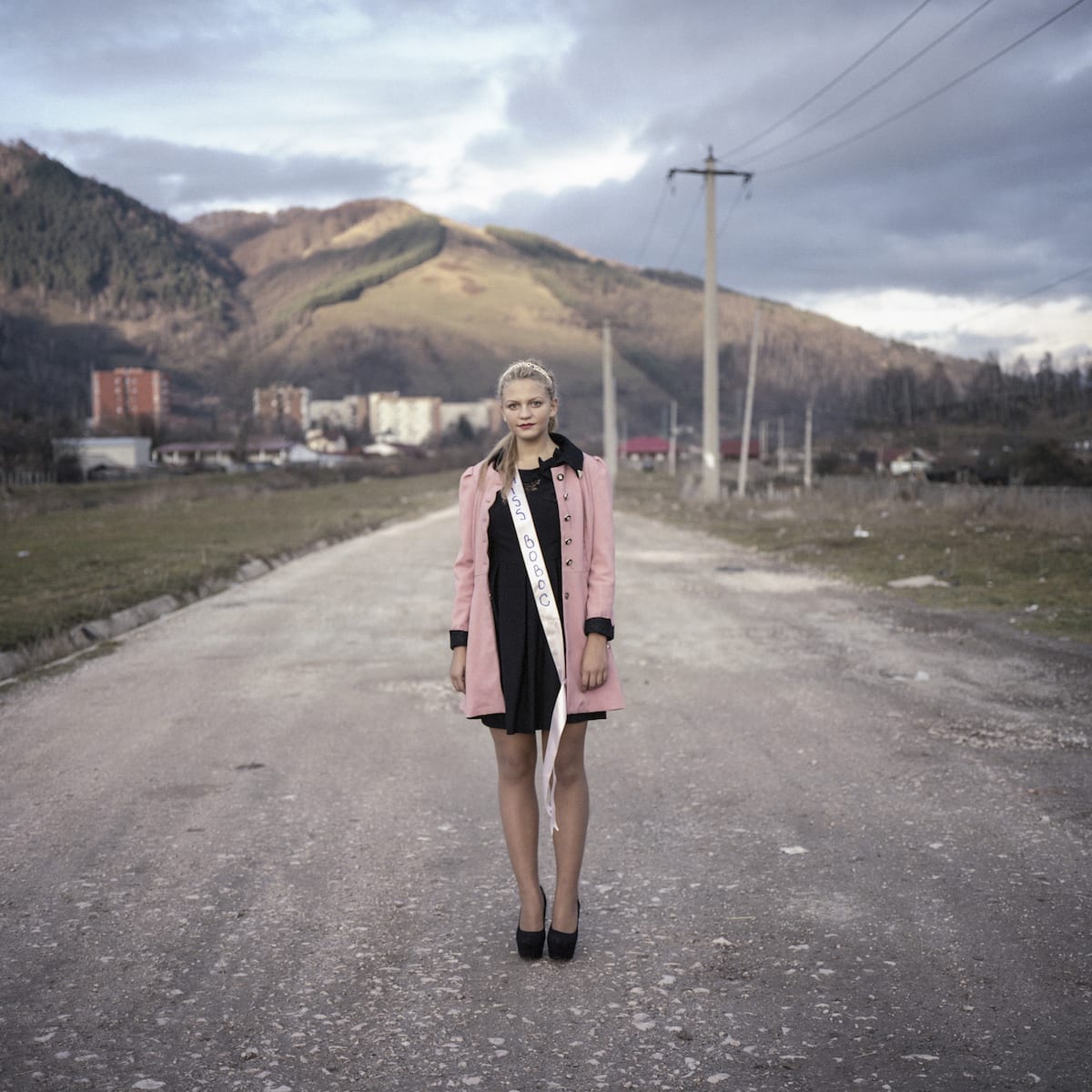
The main exhibition, on show at the city’s public, cultural center CENTQUATRE, comprises work by 37 photographers of eighteen different nationalities from across the continent. “The festival offers a panorama of what is happening in European photography,” says Audrey Hoareau, who co-directed this year’s program alongside François Cheval. The pair originally met while working together at France’s Musée Nicéphore Niépce before co-founding The Red Eye – a photographic initiative centred on organising exhibitions, events, and collaborations.
Circulation(s) 2019 has a special focus on Romania as part of the Institut Français’s cultural season. In 2018, Hoareau and Cheval travelled to Bucharest to meet with key figures in the Romanian photography scene. “The input of gallerists, academics and other artists all contributed to us selecting Ioana Cirlig, Felicia Simion and the Sovaiala brothers,” explains Hoareau. “We found each of their oeuvres to display a signature style that was completely original”.
Circulation(s) offers an opportunity to present the work of these practitioners to an audience who might otherwise remain unaware. But the collaboration is not one way. In June, a smaller version of the festival will travel to Romania and go on show at the Rezidenta BRD SCENA9 in Bucharest. “The exchange principle was important for us,” says Hoareau. “Showing a selection of artists from this year’s edition in Romania is a way to ensure a complete partnership.”
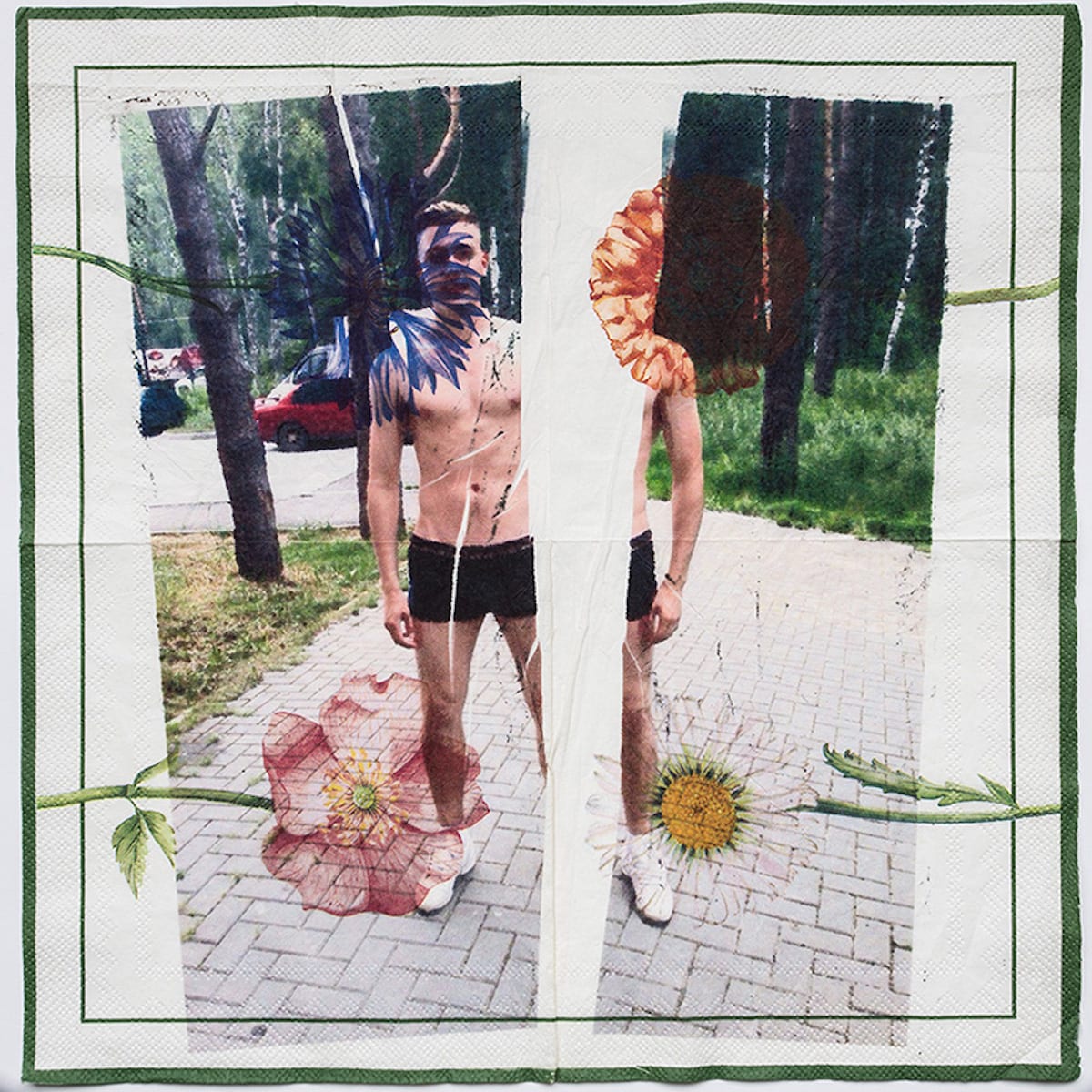
This approach epitomises the ethos of a festival committed to platforming the work of emerging photographers, particularly from countries like Romania, where the nature of the photography scene is less widely known. Other exhibitors include Luka Khabelashvili, a 20-year-old artist hailing from Georgia, who Hoareau and Cheval discovered on Instagram; Ukrainian Maksim Finogeev, whose series Snapskins critiques contemporary consumerism, and our unrelenting preoccupation with beauty and wealth; and Birgit Püve who attempts to interrogate Estonia’s chaotic history through her portraits of its citizens.
The exhibiting photographers were drawn from a number of avenues: many applied through an open call and were selected by a jury; Pippa Healy and Patricia Petersen are represented by the invited school – the Work Show Grow initiative; and Ivan Da Silva and Nelson Miranda from the guest gallery – Adorna Corações, a portugese space directed by Estefânia R. de Almeida. The selection criteria was suitably broad: “Initially, we chose every work that we found interesting,” reflects Hoareau (both her and Cheval contributed to the selection panel), “the ambition was to discover new photography scenes, with powerful, intelligent and original projects”.
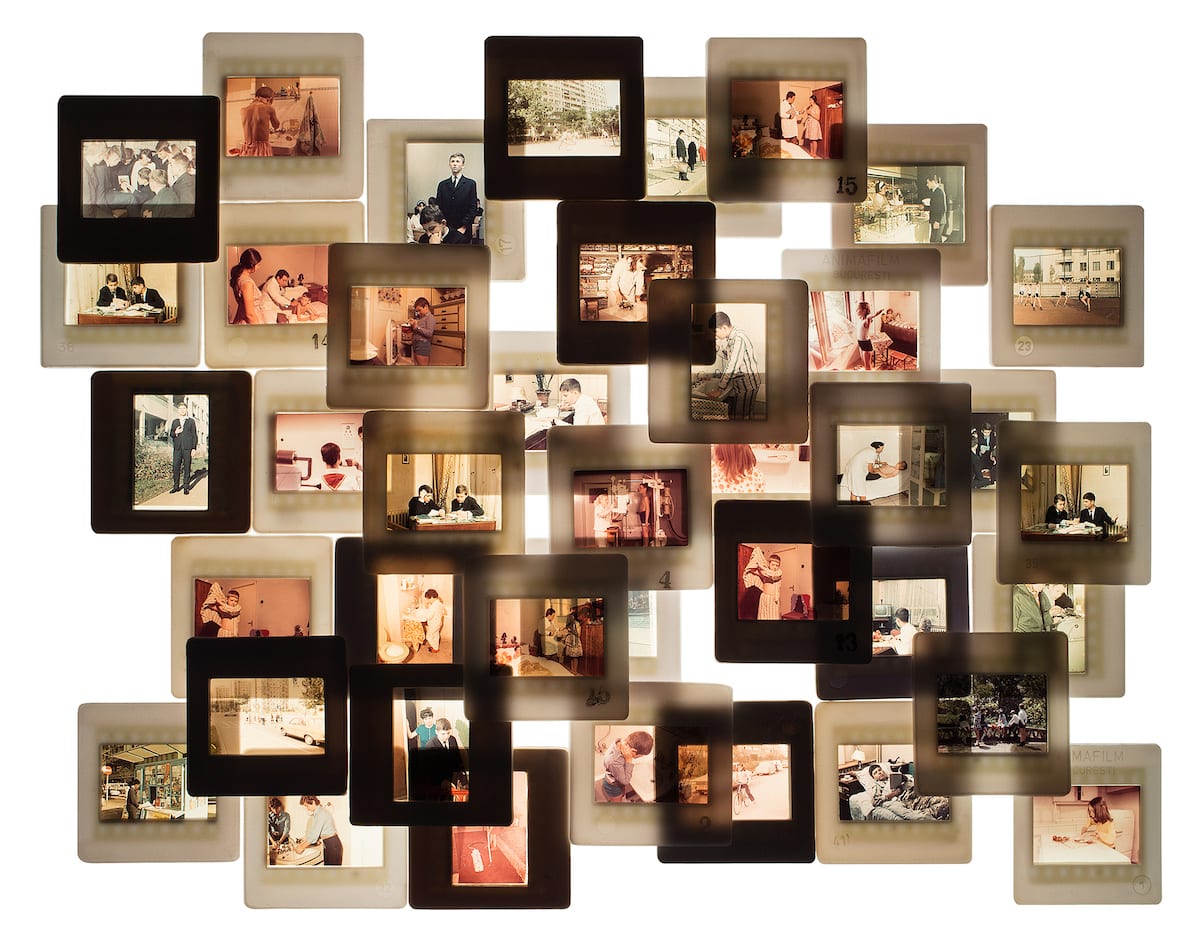
New for the 2019 edition is the restructuring of the main exhibit to be split between five thematic sections: Archives, Bodies and suffering, Landscapes and nature, Territories, and Documentary photography. “The chapters were drawn in a very natural way,” explains Hoareau, “a story appears through the artists that were selected and our role was to organise this in the space – physically and conceptually”. The pair are particularly excited to see how the audience will react to the first section exploring the concept of the archive – the posthumous destiny of images. “This part is intriguing because it tells us a lot about our modern society and how we understand the power of images now,” says Hoareau. “Prune Phi, Mathieu Farcy, Umbert Coa, Hélène Bellenger and others all have very different approaches, but collectively they are saying something crucial about this matter.”
For the featured photographers, Circulation(s) presents a major opportunity; it is the first time that many of them have been exhibited.“Paris is a city that has a major role in arts,” says Hoareau. “It is not only well located but it also has a unique history and background with the medium.” Where Paris Photo – the world’s largest international art fair dedicated to photography – is dominated by established names, Circulation(s) champions work by the next generation of artists.
Circulation(s) festival will run from 20 April to 30 June 2019 at the CENTQUATRE, Paris.
